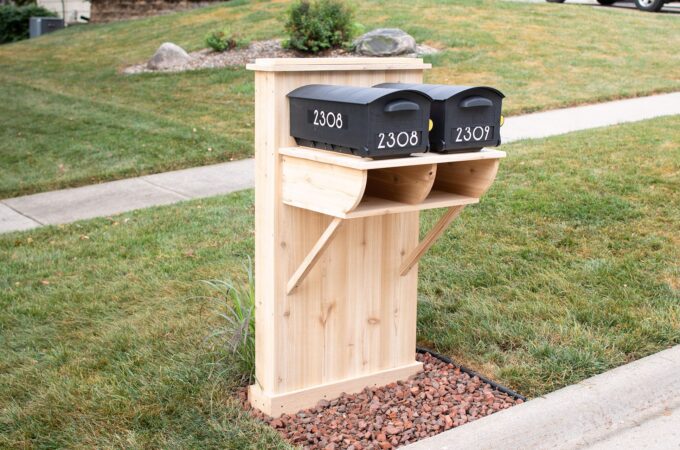
Springing Forward
As the warm weather draws near, it’s time to set the clocks ahead to transition to Daylight Savings Time. Are you ready to spring forward?
What is Daylight Savings Time?
Daylight Savings Time is the centuries-old practice of setting your clocks one hour ahead to maximize the longer days and shorter nights that roll around with spring and summer.
For most people, the biggest motivation to spring forward is money. By following daylight savings time, and regulating the use of home appliances, it is possible to lower your monthly bills.

Sadly, many people have trouble adjusting to a time change. If you have the same issue, don’t worry, here are our tips to make springing forward easier:
- Use curtains. We can’t stress how important it is to keep your room cool and dark during the night. You need to create an ideal sleeping environment conducive to a good night’s rest.
- Go to bed early. You’ll find it easier to fall asleep if you hit the sack earlier than normal. It might take some time for you to doze off, but you’ll quickly get used to your new bedtime schedule.
- Skip the caffeine. Avoid drinking stimulants, such as coffee and energy drinks, late in the afternoon.
- Keep your gadgets away. Keep your phones and laptops in another room so that you won’t be tempted to scroll through social media when you should be resting.
- Avoid nights out. If you are out every night of the summer, an earlier bedtime will be a problem. Limit yourself to one night out every week—both your body and wallet will thank you.
Here Comes the Sun! (Perks of Spring Forward)
If you’re still on the fence about whether to spring forward, here are some quick facts to consider:

1. Reduced Use of Artificial Light
Light pollution is real. Artificial lights hamper astronomical research, disturb nocturnal animals, and hide the stars in the night sky.
Switching to Daylight Savings Time reduces the presence of artificial light and forces communities to utilize natural light. If most home and business owners relied less on electrical bulbs, we might all enjoy a healthier nighttime environment.
2. More Sleep
By setting your clocks forward, the sun rises and sets “later” than the rest of the year. It doesn’t add more hours to your day, but it has the effect of creating lengthier night times.
It is good news for people who always seem to be sleep-deprived, for example. Use these extra hours to go to bed earlier and wake up later. Your body will adjust quickly if you create an environment where the clocks are all running an hour ahead.
3. Increased Productivity
Getting out of work when its dark outside is a drag and makes one feel pretty unmotivated to do much after work other than sitting in front of the television. ts such a good feeling to cross something off your to-do list, doesn’t seem like much but having an extra hour of sunlight at the end of the day is a great motivator to tackle that list.
4. Bigger Savings
Daylight Savings Time was created in an attempt to reduce electricity consumption. The idea is to use your artificial lamps less and rely on natural daylight. Cutting back one to two hours’ lighting each day provides massive utility savings in any household that has electricity.
Spring to Action: Ways to Fix Your Finances
For the past century, Daylight Savings Time has long allowed our ancestors to reduce energy consumption. Recent studies suggest that springing forward one hour every spring and fall no longer provides the same savings as it did, though.

If you notice that your energy bills aren’t dropping despite switching over, you might want to check your:
1. Device Usage
A common mistake is to use phones, computers, and tablets late at night. If you want to make the most of your time change savings, cut your screen time.
Limit your gadget usage by using a third-party app that alerts you when you exceed the allowed screen time.
2. Electricity Provider
You don’t have to look for the cheapest electric company in your area, but it’s best to subscribe to a brand that charges fair, transparent rates. There are some dishonest providers out there that spike their clients’ bills with hidden fees, so read the fine print.
Keep your receipts, for example. File it properly so that you can use it for reference later if you notice any unusual spikes. If you do see anomalies, call your electricity provider right away.
3. HVAC System
Your heating and cooling systems are one of the biggest contributors to your monthly power bills.
Regulate your indoor air temperature, instead. Don’t let it run at the same temperature for extended periods. Rather, adjust your thermostat by ten degrees, which can already save you around 10% of your regular bill.
What other tips have you heard for springing forward effectively?




